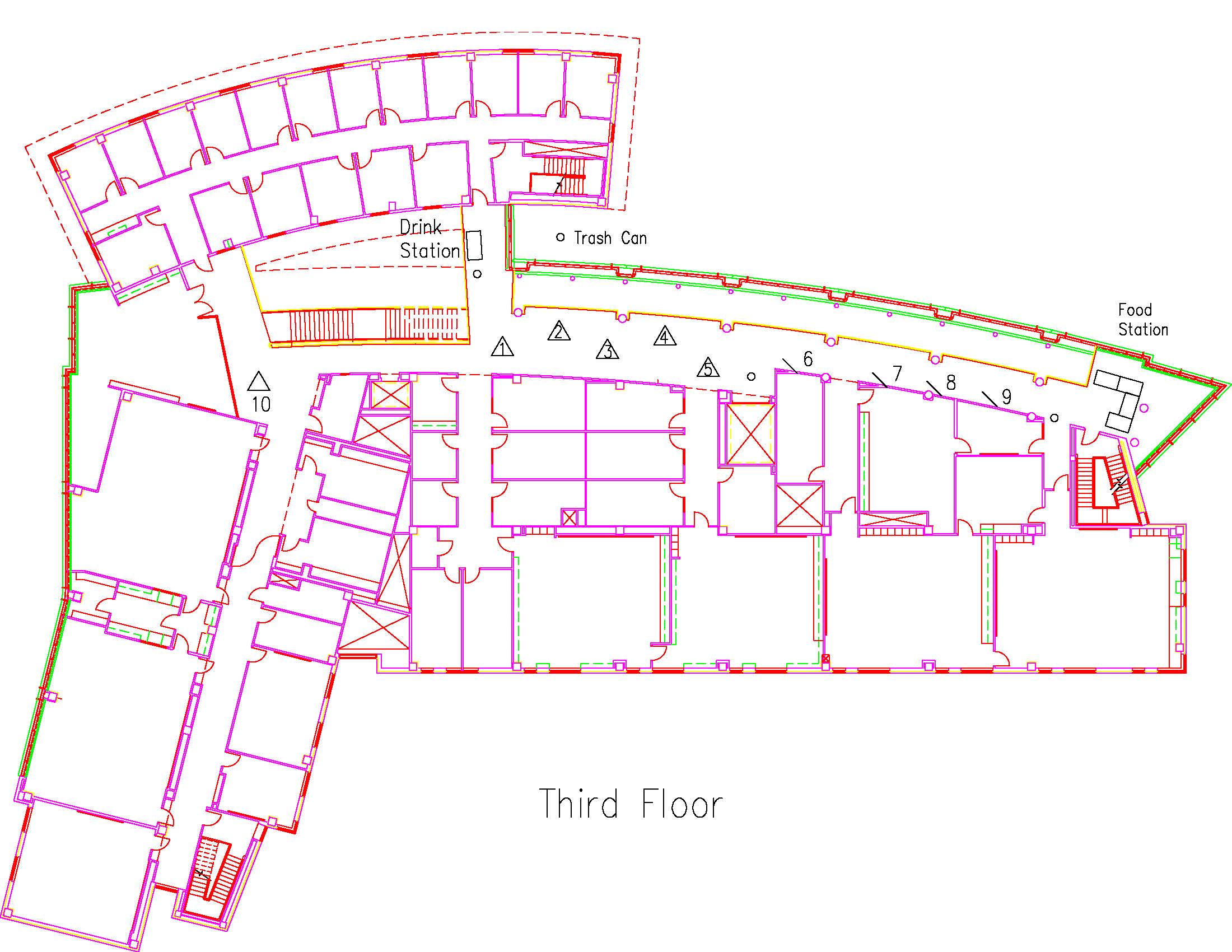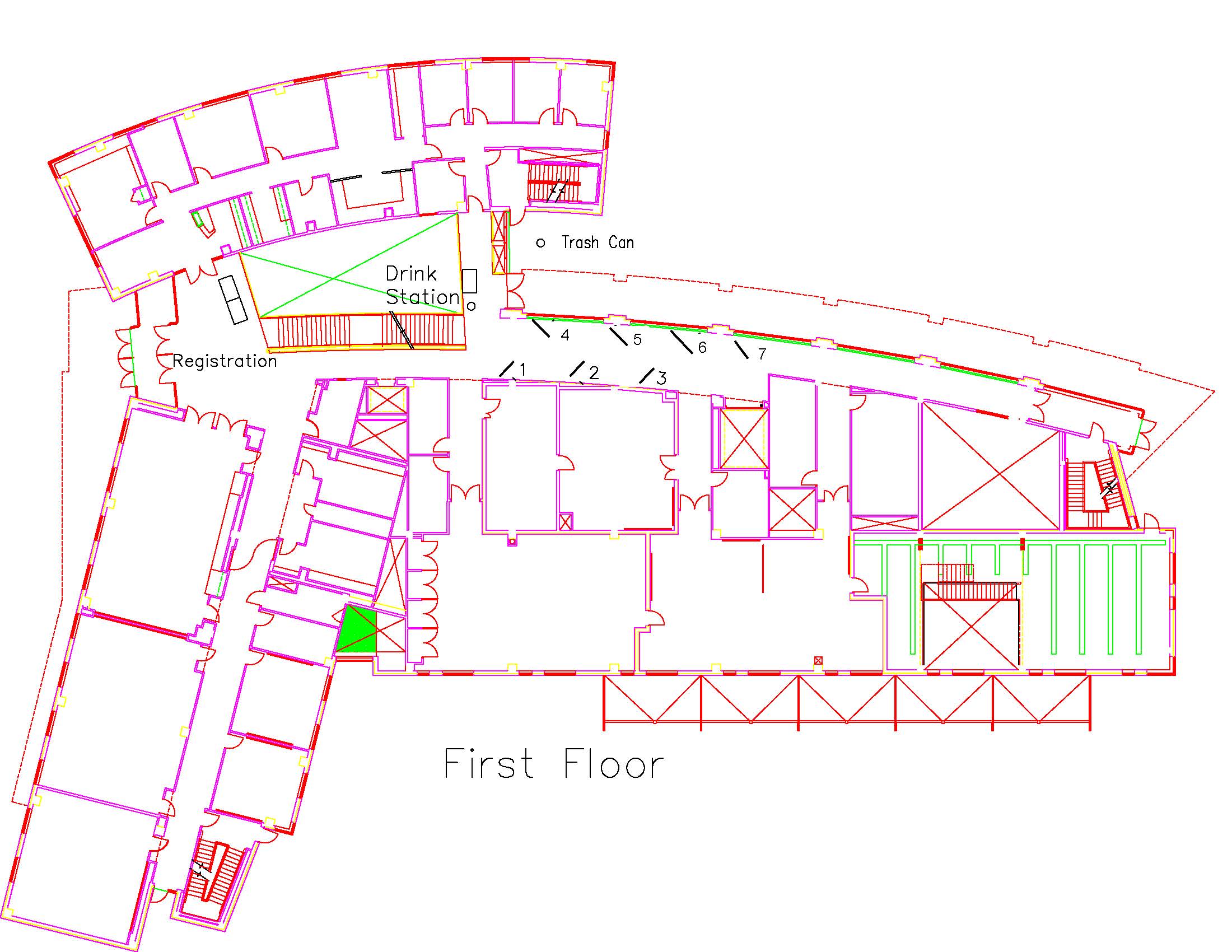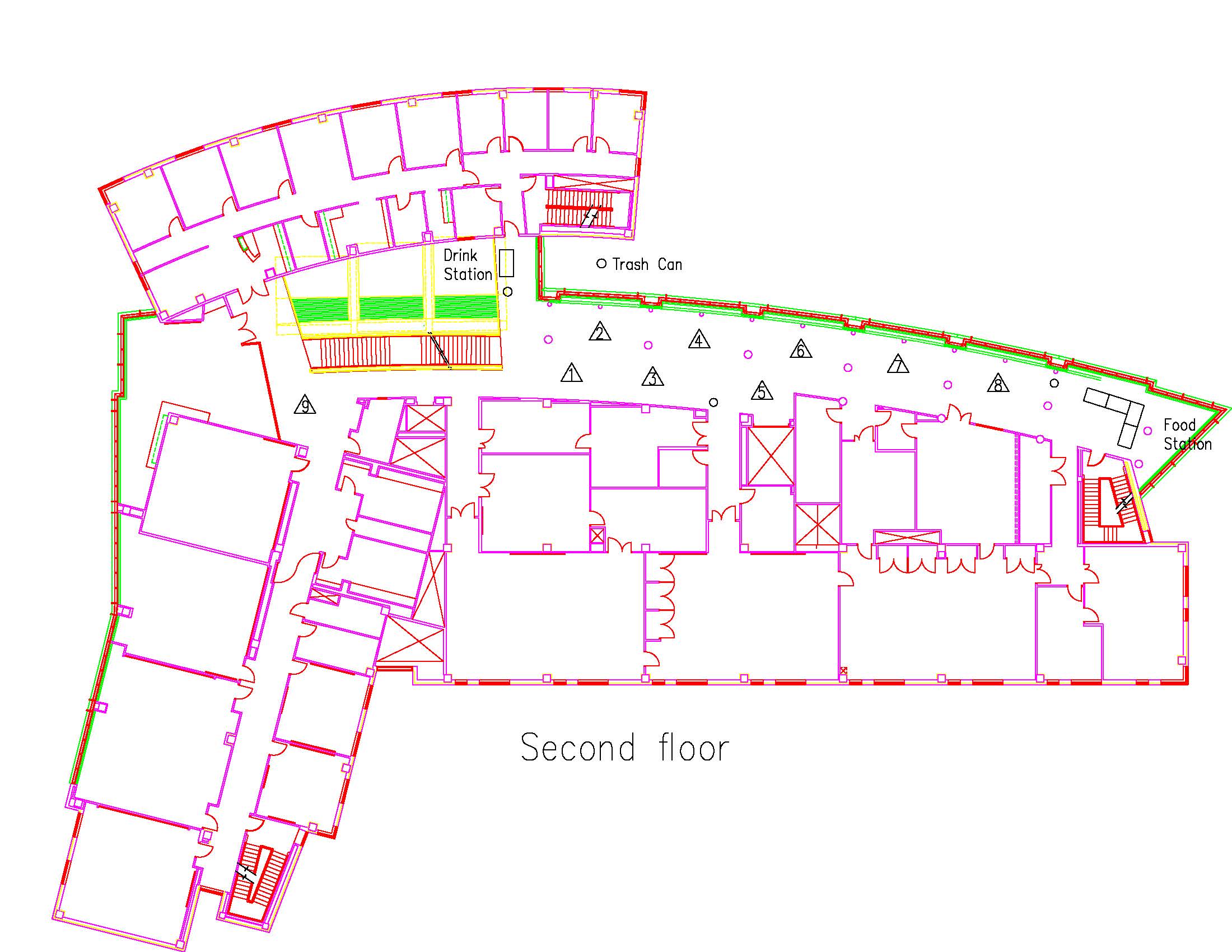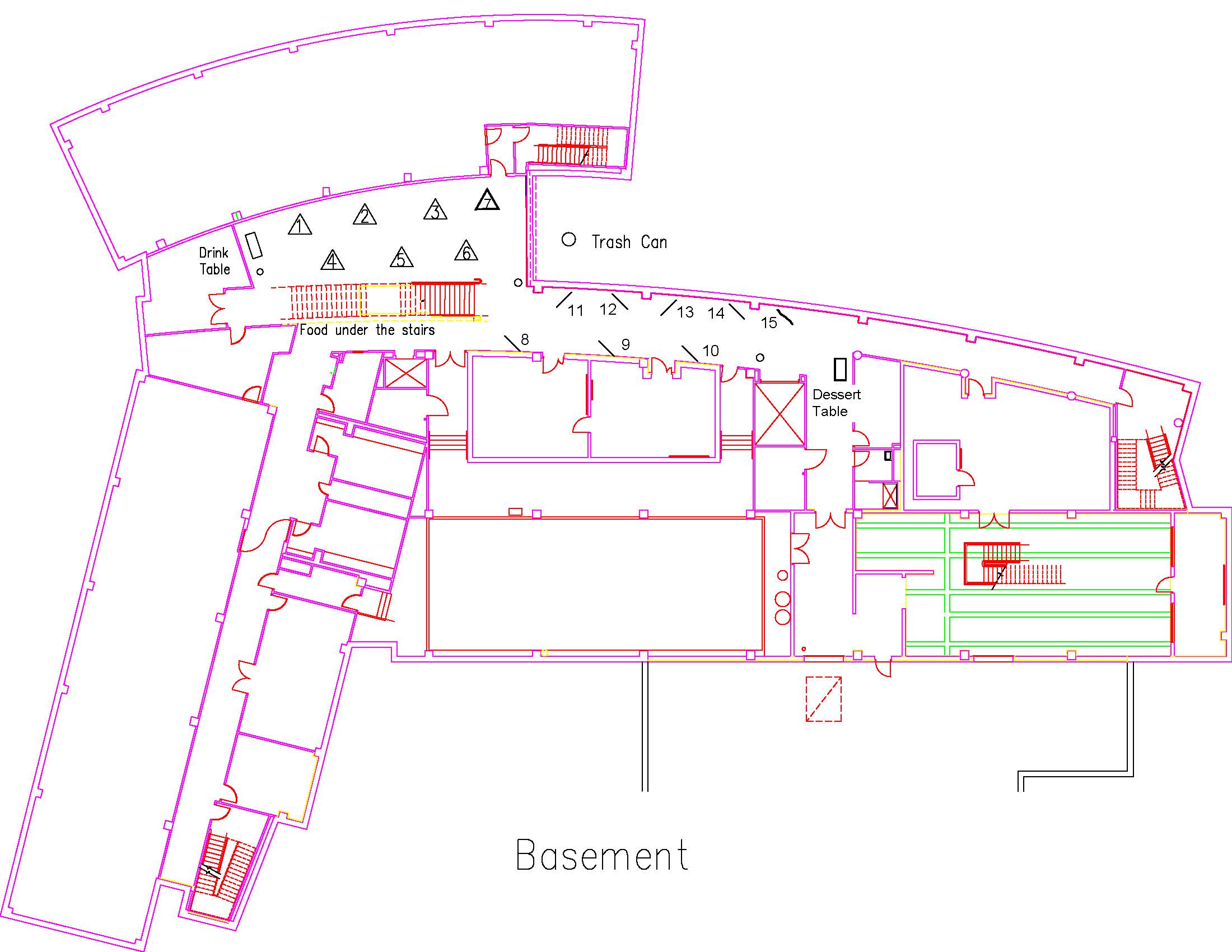CHEM2019PHAM64839 CHEM
Optimization of Tin(IV) Oxide Particles For Improved Performance of Dye-Sensitized Solar Cell
Type: Undergraduate
Author(s):
Bach Pham
Chemistry & Biochemistry
Advisor(s):
Benjamin Sherman
Chemistry & Biochemistry
Location: Session: 1; 3rd Floor; Table Number: 10

View PresentationThe dye-sensitized solar cells (DSSCs) are a possible alternative tool to harvest solar energy instead of the traditional silicon-based solar cells. DSSCs offer various advantages, such as good energy conversion efficiencies in low-light condition, simple fabrication, low cost, and the ability to modify key properties of the solar cell such as the absorbance wavelengths. We are interested in developing new types of semiconductor supports for use in DSSCs based on tin(IV) oxide nanoparticles (NPs). Tin(IV) oxide offers a wide band gap and higher electron mobility as compared with the more widely used titanium dioxide. In this study, two morphologies of tin(IV) oxide, spherical and flower-like NPs, are synthesized. These two types of tin(IV) oxide NPs and mixtures of both at various ratios are used to fabricate DSSCs. We find that nanoflowers usually give the cells higher open circuit voltages but with lower photocurrent. Nanospheres give much higher photocurrent but with lower open circuit voltage. A mixture that has a 1:2 molar ratio of nanoflowers and nanospheres gave the best performance in terms of photocurrent and voltage. Furthermore, we are investigating the effect of a deposited layer of titanium(IV) oxide on top of the tin(IV) oxide to further enhance the photoperformace of the solar cells.
CHEM2019SCHMITT50258 CHEM
The Synthesis of Amaryllidaceae Alkaloid Analogs
Type: Undergraduate
Author(s):
Nate Schmitt
Chemistry & Biochemistry
Adam Montoya
Chemistry & Biochemistry
Advisor(s):
David Minter
Chemistry & Biochemistry
Location: Session: 2; 1st Floor; Table Number: 4

View PresentationAmaryllidaceae isoquinoline alkaloids as well as their analogs have long been of interest as lead compounds in drug discovery due to their range of biological activity. Many of these alkaloids are cytotoxic anti-tumor agents. Moreover, there have also been studies showing the effectiveness of these molecules against yellow fever and other diseases caused by RNA- containing flaviviruses. The study of these compounds as pharmaceutical agents is hampered by their low natural abundance, which necessitates the development of laboratory syntheses of these alkaloids and their analogs.
This project focuses on the total syntheses of the Pancratistatin-type natural products that contain the phenanthridone ring system. In stage one, model systems are being investigated to develop the methodology required to introduce requisite functionality found in natural systems. Previous research from this laboratory gives the basic phenanthridone skeleton with several different functional groups, but there are no reported methods for converting these functions into polyhydroxycyclohexenes with stereochemical control. Two of the problems under investigation involve the ring expansion of a spiro ring containing an epoxide and the production of a specific trihydroxycyclohexene with control of stereochemistry. In stage two, a specific phenanthridone alkaloid will be targeted for total synthesis that uses the new methodology developed in stage one.
CHEM2019SCHWARTZ27386 CHEM
Synthesis and Characterization of N,N,N,-Copper Pincer Complexes
Type: Undergraduate
Author(s):
Timothy Schwartz
Chemistry & Biochemistry
Marianne Burnett
Chemistry & Biochemistry
Akop Yepremyam
Chemistry & Biochemistry
Advisor(s):
Kayla Green
Chemistry & Biochemistry
Location: Session: 2; 1st Floor; Table Number: 2

View PresentationOrganometallic catalysts are useful in many organic reactions by exploiting the Lewis acidity of the metal complex. Most catalysts available rely on precious metals like platinum and rhenium. These catalysts pose a financial and environmental barrier to many scientists. Thus, there is a need for catalysts that use less expensive and toxic metals, such as copper. A library of copper catalysts with different electronic functionalities have been synthesized and characterized by cyclic voltammetry, UV-VIS, NMR, and X-ray crystallography. It was found that the complexes with electron donating groups better stabilize the copper center, when compared to the complexes with electron withdrawing groups. However, the planar characteristics of each ligand makes them unsuitable candidates for copper catalysis because they cannot bind to the tetrahedral geometry of reduced copper. This work warrants the complexation of these ligands with other metals, like nickel or cobalt, to determine their viability as applicable organometallic catalysts.
CHEM2019TA53316 CHEM
DESIGNER SOLVENTS AND MATERIALS
Type: Undergraduate
Author(s):
Daniel Ta
Chemistry & Biochemistry
Onofrio Annunziata
Chemistry & Biochemistry
Christian Chen
Chemistry & Biochemistry
Advisor(s):
Sergei Dzyuba
Chemistry & Biochemistry
Location: Session: 2; 2nd Floor; Table Number: 8

(Presentation is private)Room-temperature ionic liquids and deep-eutectic solvents have become unique and almost indispensible materials for various areas of sciences, medicine and engineering. The ability to engineer media with desired properties favorably distinguishes these solvents from traditionally used molecular solvents.
This poster will describe our ongoing efforts on designing various types of ionic, eutectic systems as well as approaches towards modulating their phase transitions. Studies related to controlling the self-assembly process of various solutes in this type of media will also be presented.
CHEM2019WEGENER47813 CHEM
Can Whiskey have Terroir? Assessing sugar differences after mashing heirloom cereals for Bourbon production
Type: Undergraduate
Author(s):
Kathleen Wegener
Chemistry & Biochemistry
Advisor(s):
Eric Simanek
Chemistry & Biochemistry
Rob Arnold
Biology
Location: Session: 1; 1st Floor; Table Number: 7

View PresentationThis project will entail assessing several varieties of common and heirloom corn from throughout Texas to identify sugar (and thus alcohol) content.
After obtaining cereal samples from a local distillery, the cereals will be processed by mashing and fermenting.
The resulting mashes will be measured for pH and S.G., then analyzed through chromatography using HPLC-RID. These samples of corn will be assessed for variations in sugar yield, both and composition and quantification. After fermentation, the HPLC-RID will be used for chromatographic analysis of ethanol concentration. Ultimately, this will provide information on the most promising corn varieties, and expose their potential as a future staples of this partner distillery.
COSC2019BEEBE45127 COSC
DSound
Type: Undergraduate
Author(s):
Emma Beebe
Engineering
Shane Mitchell
Computer Science
Wynn Pho
Computer Science
Advisor(s):
Liran Ma
Computer Science
Location: Session: 1; 2nd Floor; Table Number: 7

View PresentationHearing aids are costly, inconvenient, unappealing, and unfortunately are currently one of the only devices on the market for the hearing impaired. This explains why less than 30% of American adults with hearing impairment actually use hearing aids and in underdeveloped countries it is as low as 10%. With the abundance and accessibility of smartphones, an app that could substitute as a hearing aid could help people all over the world.
Due to technological advancement, smartphones have become powerful digital processing machines and are improved and refined constantly. It is the capability of processing sounds and playing the altered signal to the user that allows a smartphone to be used as a hearing aid. The teams before me have made an iOS app that can listen to the surrounding area and amplify sound in certain frequencies according to the user’s prescription.
This year our top priority is to pass Apple's latest requirements to put the iOS app on the App Store and add functionalities that allow it interact with the Apple Watch 4. We will then add more capabilities like developing a method to shift certain sounds from frequencies the patient cannot hear, as well to frequencies they can hear. Another new functionality would be for the app to have situational awareness so it plays the correct sound depending on the outside environment. In order to best achieve these goals, we will need some new technologies to meet Apple’s requirements and improve the performance of the app.
COSC2019LAZALDE32769 COSC
Superfrog Scheduler
Type: Undergraduate
Author(s):
Jose Lazalde
Computer Science
Sarah Allen
Computer Science
John Payton
Computer Science
Duncan Scott Martinson
Computer Science
Anh Vu
Computer Science
Advisor(s):
Bingyang Wei
Computer Science
Location: Session: 1; Basement; Table Number: 13

View PresentationA website that for scheduling and managing Superfrog appearances. Customers can go to our website and request Superfrog for their event. The website automates the request process and makes it easier for employees to sign up for events. The automated process makes it easier for the admin to validate a request and accept or reject the request accordingly. The goal is to improve and enhance the experience for the customer, Superfrog employees, and the TCU spirit program.
COSC2019MERRITT25840 COSC
Eureka Labs
Type: Undergraduate
Author(s):
Hunter Merritt
Computer Science
Geordie Jones
Computer Science
Dylan Perez
Computer Science
Antonio Rodriguez Esquire
Computer Science
Sabyasachi Sahoo
Computer Science
Advisor(s):
Liran Ma
Computer Science
Bingyan Wei
Computer Science
Location: Session: 1; 2nd Floor; Table Number: 9

View PresentationOur problem is with the current state of online computer network and security educational materials. We are greatly influenced by the success of Seed Labs at Syracuse which does an excellent job of providing instructional materials. We have expanded on their site by creating more of an educational portal as opposed to a central site for instructional materials. Our online educational program allows both students and educational professionals to source instructional materials as well as receive support directly from the labs authors.
COSC2019NGUYEN27593 COSC
AI 2 Go
Type: Undergraduate
Author(s):
Kien Nguyen
Computer Science
Khiem Nguyen
Computer Science
Megan Phan
Computer Science
Quang Truong
Computer Science
Kimon Vogt
Engineering
Advisor(s):
Liran Ma
Computer Science
Ze-Li Dou
Mathematics
Location: Session: 2; 3rd Floor; Table Number: 5

View PresentationIn March 2016, AlphaGo, an AI program by Google DeepMind, defeated the Go world champion Lee Sedol 4-1 in a five-game match, shocking the world. After March 2017 when AlphaGo again defeated the world champion, AlphaGo was improved to a newer version called AlphaZero, a stronger AI program that self-trained, with no prior knowledge, after being told only the rules of the game. From then, the strength of AI kept climbing at an astonishing rate.
Gian-Carlo Pascutto, a computer programmer who works at the Mozilla Corporation, had a track record of building competitive game engines, first in chess, then in Go. After following the latest research, he combined the Monte Carlo Tree Search and a neural network into building the world’s most successful open-source Go engines – first Leela, then LeelaZero – which mirrored the advances made by DeepMind.
Based on the open-source engines, we plan to take an alternative path of utilizing LeelaZero: finding the optimal results/playouts on different board sizes from 3x3 up to 9x9. Because of symmetry, there is a difference between an even and odd n x n board size. Therefore, we treat them separately on the following outline of the project:
- Modify the code of LeelaZero to allow all odd dimensions and obtain the results of optimal play for odd n up to 9.
- Modify the code of LeelaZero to allow all even dimensions and obtain the results of optimal plays for even n up to 8.
COSC2019PARRIS54725 COSC
TCU and UNTHCS Longitudinal Integrated Clerkship Scheduler
Type: Undergraduate
Author(s):
Alexander Parris
Computer Science
Zach Alaniz
Computer Science
Huy Bui
Computer Science
Justin Herold
Computer Science
Katie Ortstadt
Computer Science
Advisor(s):
Bingyang Wei
Computer Science
Location: Session: 2; 3rd Floor; Table Number: 5

View PresentationThe new TCU and UNTHSC School of Medicine is taking a progressive approach to curriculum for their students. The standard for medical clerkships, is for a medical student to focus on a practice, then move on to the next practice. This leaves a gap of time between learning and implementing a medical practice in the real world. The Longitudinal Integrated Clerkship (LIC) will engage students in a variety of medical practices in 2 week cycles, so students will constantly be maintaining their grasp on import skills and practices. It is our job to provide the scheduling application that will best match each student and doctor, at the best times.